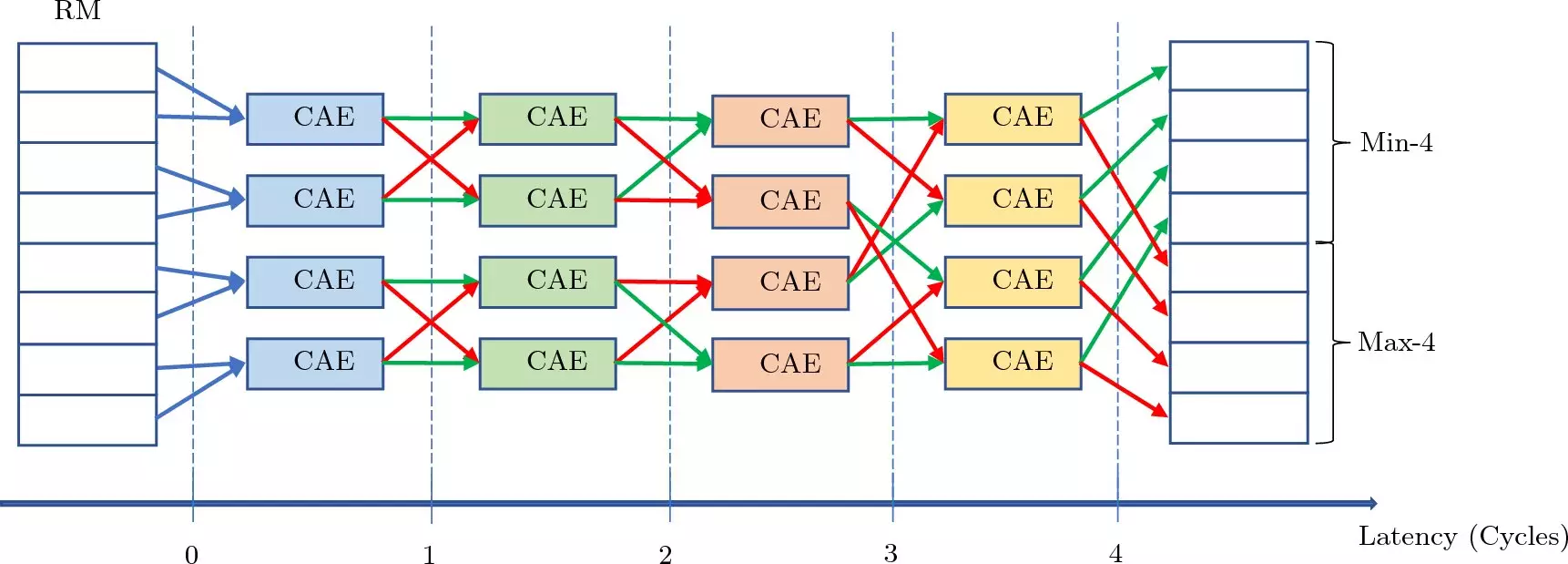The world’s largest particle collider, the Large Hadron Collider, located 350 feet beneath the France-Switzerland border, is a marvel of modern science. Scientists working at this underground facility are conducting groundbreaking research on subatomic particles. Duke physicist Ashutosh Kotwal and his team are at the forefront of this effort, exploring the mysteries of dark matter and the universe’s “missing matter.”
Dark matter, an invisible substance that is five times more abundant than ordinary matter, continues to elude scientists. Its existence is inferred from its gravitational effects on celestial bodies, but its properties remain largely unknown. Kotwal and his colleagues are using the Large Hadron Collider to search for dark matter by analyzing the debris produced when protons collide at near-light speeds.
The Challenge of Detection
Detecting dark matter particles amidst the billions of interactions occurring at the collider is a monumental challenge. Kotwal’s team is developing innovative techniques, including the use of artificial intelligence, to capture the elusive traces of dark matter in real time. By employing advanced algorithms and high-speed image processing, they aim to identify and flag potential dark matter signals before they vanish.
Kotwal’s track trigger algorithm is a revolutionary approach to rapidly identifying dark matter particles in the detector’s data stream. By leveraging AI engines embedded on silicon chips, the algorithm can analyze images in a fraction of a second, separating meaningful events from background noise. This cutting-edge technology represents a significant advancement in particle physics research.
Future Prospects and Challenges
While Kotwal’s device is still in the prototype phase, the potential impact of this technology on dark matter research is immense. With plans to deploy thousands of chips in the collider’s detectors, the team is poised to revolutionize data analysis in high-energy physics. As the accelerator continues to push the boundaries of particle production, Kotwal’s device will play a crucial role in ensuring that no dark matter signal goes unnoticed.
The quest for dark matter at the Large Hadron Collider represents a bold endeavor to unravel the mysteries of the universe. Through the integration of artificial intelligence and innovative detection methods, scientists like Ashutosh Kotwal are pushing the boundaries of scientific exploration. As technology continues to evolve, the potential for new discoveries in particle physics grows exponentially. The hunt for dark matter is far from over, but with tools like the track trigger algorithm, researchers are closer than ever to uncovering the secrets of the cosmos.


Leave a Reply